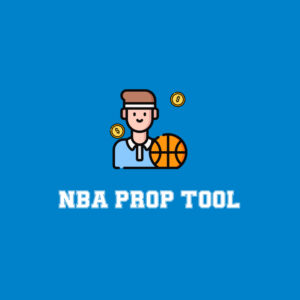
Three weeks ago, in the leadup to the Commanders-Bears game, we asked the question: Was Caleb Williams catching up to Jayden Daniels? Even at the time, we knew the answer was “not yet” – Betteridge’s Law of Headlines strikes again – but Williams was coming off of a string of good games, and had seemed to turn the corner. Yes, it was against a series of bad defenses, but playing well against bad defenses is certainly better than the alternative, right? And the confidence and experience Williams and the Chicago offense had after playing so well was sure to pay dividends down the stretch, when the schedule got tougher.
Smash-cut to less than a month later, and offensive coordinator Shane Waldron has been fired, there’s been calls for Williams to be benched, and the Bears are all but out of the playoff picture. Life comes at you fast in the NFL.
One of the great things the FTN StatsHub lets you do is filter all our data by weeks, so you can track trends and patterns as the season goes along. Let’s dive in and see what the heck has happened to Williams, because it really has been a tale of three seasons for the Chicago quarterback.
| Caleb Williams: A Tale of Three Seasons | ||||||||
| Split | DVOA | Rk | DYAR | Rk | Press% | TTP | ACC% | CAIR% |
| Wks 1-3 | -39.7% | 32 | -242 | 34 | 27.0% | 2.8 | 64.9% | 33.0% |
| Wks 4-6 | 23.0% | 7 | 203 | 9 | 22.1% | 2.8 | 79.2% | 58.1% |
| Wks 8-10 | -57.9% | 34 | -317 | 34 | 39.8% | 2.6 | 59.3% | 36.8% |
First things first: Williams’ success in the middle third of the season was not a mirage simply caused by playing inferior defenses. Williams was very effective against the Rams, Panthers and Jaguars, even after adjusting for their overall defensive quality. It’s not a case of simply watching some highlights against some overmatched defenses and then over-projecting them onto Williams’ actual skill set. Williams was significantly better in the middle of the season than he was at the beginning or the end.
But defensive adjustments aren’t necessarily a one-size-fits-all problem. Defenses can shut down a passing game in several ways, and one thing that the defenses Williams has succeeded against have in common is a distinct lack of pressure. Carolina’s defense has the lowest pressure rate in the league at 17.1%; Jacksonville isn’t too far behind at 23.5%. The Rams have been better overall this season, but were going through a weak spell at the time. Their pressure rate in Weeks 4-6 was just 23.6% compared to 31.8% on the season. These teams do not hound opposing quarterbacks. That’s not just because they are bad, though – the Chargers rank fifth in defensive passing DVOA and 25th in pressure rate. You can excel through coverage and misdirection if you can’t get people home. But Willliams, in particular, faced a bunch of defenses that gave him time to operate.
And no quarterback has needed time to operate more than Williams has, which is why I included time to pressure in the splits up above. Williams is tied for the longest time to pressure in the league by our charting, which matches up well with other advanced metrics. ESPN’s pass block win rate, for instance, have the Bears ranked 14th in pass block win rate, so it’s not like the offensive line is a sieve in front of him. But because Williams holds on to the ball for so long, pressure eventually gets through – and that leads to Williams being on the ground, with the fourth-highest sack rate in the league.
| Highest Time to Pressure, QBs, Weeks 1-10 | |||||
| Passer | Team | TTP | TTT | Sacks | Sack% |
| Patrick Mahomes | KC | 2.7 | 2.6 | 20 | 5.6% |
| Caleb Williams | CHI | 2.7 | 2.7 | 38 | 10.7% |
| Jalen Hurts | PHI | 2.7 | 3.0 | 26 | 9.1% |
| Brock Purdy | SF | 2.6 | 2.9 | 16 | 4.9% |
| Jayden Daniels | WAS | 2.6 | 2.6 | 20 | 6.2% |
| Jordan Love | GB | 2.6 | 2.7 | 7 | 2.8% |
| Anthony Richardson | IND | 2.5 | 2.6 | 9 | 5.8% |
| Lamar Jackson | BAL | 2.5 | 2.6 | 13 | 3.9% |
| Sam Darnold | MIN | 2.5 | 3.3 | 22 | 7.3% |
| Will Levis | TEN | 2.5 | 2.4 | 22 | 11.9% |
This is where the dichotomy comes from when you see the Bears rank solidly in some pass protection stats and not others. They’re dead last in adjusted sack rate but average in pass block win rate, because ESPN defines pass block win rate as holding a block for 2.5 seconds. But Williams holds the ball beyond 2.5 seconds, and even the best line can’t block forever. The Bears don’t have a selection of superstars on their offensive line, but neither Williams nor Waldron have made it easy on them thus far.
Some of the quarterbacks on that list can handle pressure, so they’re willing to hold on to the ball for longer before letting rip. Lamar Jackson leads the league with a -9.0% DVOA under pressure, and Brock Purdy (-39.2%) and Jayden Daniels (-31.5%) are in the top 10 as well. Not Williams – his DVOA under pressure is -120.8%, third worst in the league. His 38 sacks are the ninth most a quarterback has ever suffered in his team’s first nine games, and only 2002 David Carr (49) had more as a rookie. This, despite Williams having on paper one of the best supporting casts we’ve ever seen for a rookie quarterback. Not good!
When Williams isn’t getting sacked under pressure, he’s throwing the ball away aimlessly. Williams leads the league in uncatchable air yards at 1,437, and is second-worst in catchable air-yard rate (CAIR) at 39.3%. Under pressure, that catchable air-yard rate falls to 22.0%. To put that into context, the median catchable air yard rate under pressure is just above 40%, and the top dozen passers are all over 50%. Williams leads the league in both throwaways and sacks under pressure and has the fourth-lowest checkdown rate. His accuracy tanks, as well – just 43.6% of his passes are charted as catchable under pressure, second-worst in the league. That doesn’t leave much room for successful completions, finding hot routes and taking advantage of lesser coverage; Williams has the fourth-lowest yards per attempt under pressure at 4.1.
And so, as the Bears have faced tougher defenses and lost linemen (Braxton Jones and Darnell Wright, the starting tackles, both missed last week), Williams has been under more pressure. He’s continued to handle that pressure poorly, and so has the worst passing DVOA in the league over the last three weeks. And the schedule only gets tougher from here – they haven’t even opened their divisional slate yet. Two games against the Vikings and Brian Flores’ blitzes loom. The Vikings rank first in pass defense DVOA so far this season, followed by the 49ers and Lions – both of whom Chicago also has to face. Five games against the three best pass defenses in football doesn’t bode well for Williams’ immediate future.
What can be done? Will firing Waldron make any difference whatsoever? Thomas Brown has a tough task ahead of him.
Williams’ tendency to hold onto the ball for ages is nothing new. This is one of the major flaws in his scouting profile from USC. In 2023, he had 44 dropbacks where he held onto the ball for five or more seconds, and while you can get away with that some at the NCAA level, it’s much tougher to survive that way in the NFL. Brown is now responsible for trying to speed up Williams’ internal clock and get him to move faster. That would seem to call for a bevy of quick, timing throws, getting the ball out Williams hands and into the still-impressive selection of playmakers at his disposal. Cole Kmet has a 14.9% receiving DVOA on quick-release throws this season. Keenan Allen would also be well into the positives had he not had a couple ugly drops. Perhaps a heavier dose of those sorts of play calls, drilling faster releases into Williams’ head by sheer rote repetition? It’s possible Waldron was simply putting too much on Williams’ plate too soon – find plays with easy answers and have Williams hit them rather than trying to break an explosive pass every other play.
Timing and rhythm. That’s what Williams needs. In the middle of the season, when he was up against defenses which couldn’t compress the pocket, Williams had time to read the field, find a guy, and connect. He has the weapons to do that. But he has not shown the ability to quickly process his way through a play under fire – and he has not been given simple plays with which to do that. Waldron’s pass concepts have not been utilizing the field, with too many plays featuring receivers running routes into the same crammed area of the field. Brown needs to incorporate simple drags, crosses, slants – stretch the defenses so that Williams isn’t being asked to beat three defenders on every throw, have receivers open and ready to go immediately so Williams can throw at the end of his drop, and just speed up everyone’s internal clock.
If that was easy, it’d be done by now. With the way the Bears’ schedule is shaping up, I would expect things to get worse before they get better, even after the coordinator swap. Maybe whoever is in charge next season can put in an offense that will give Williams a chance to grow and succeed.




























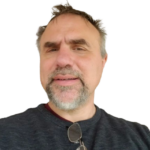




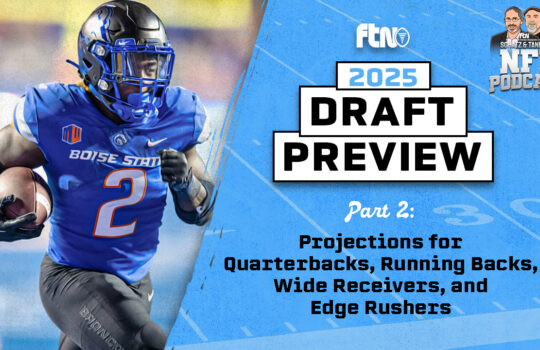

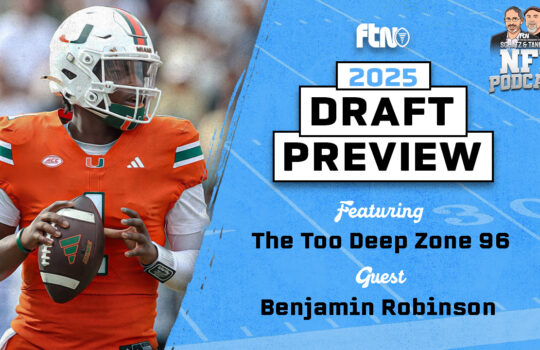





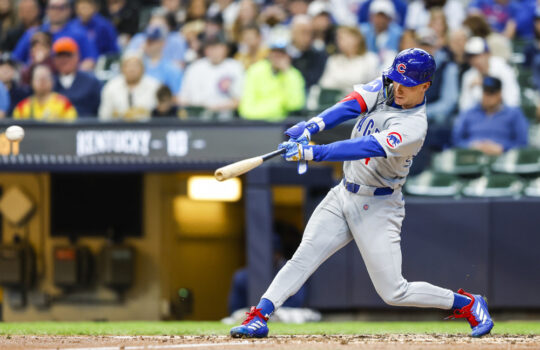

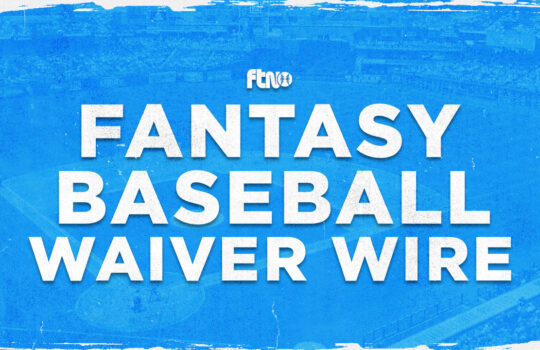

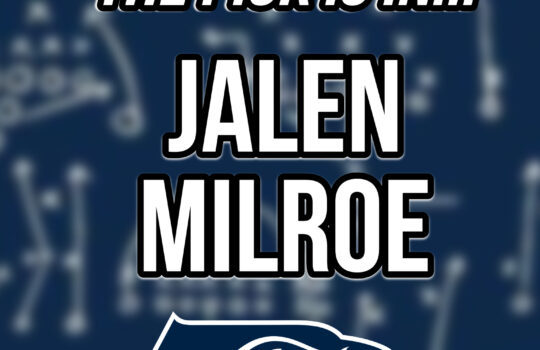

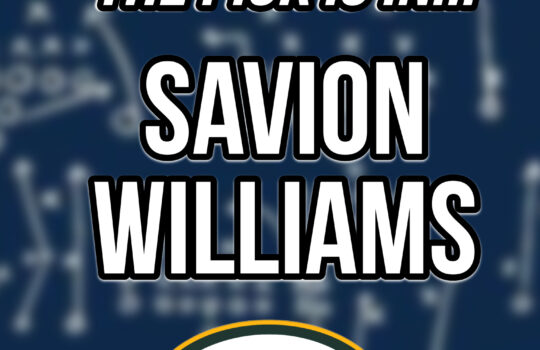
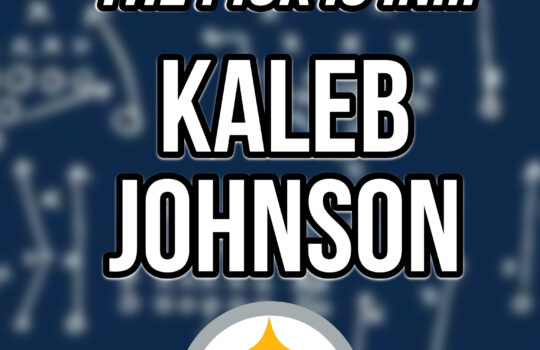

 New York Jets
New York Jets  New England Patriots
New England Patriots  Miami Dolphins
Miami Dolphins  Buffalo Bills
Buffalo Bills  Pittsburgh Steelers
Pittsburgh Steelers  Cleveland Browns
Cleveland Browns  Cincinnati Bengals
Cincinnati Bengals  Baltimore Ravens
Baltimore Ravens  Tennessee Titans
Tennessee Titans  Jacksonville Jaguars
Jacksonville Jaguars  Indianapolis Colts
Indianapolis Colts  Houston Texans
Houston Texans  Las Vegas Raiders
Las Vegas Raiders  Los Angeles Chargers
Los Angeles Chargers  Kansas City Chiefs
Kansas City Chiefs  Denver Broncos
Denver Broncos  Washington Commanders
Washington Commanders  Philadelphia Eagles
Philadelphia Eagles  New York Giants
New York Giants  Dallas Cowboys
Dallas Cowboys  Minnesota Vikings
Minnesota Vikings  Green Bay Packers
Green Bay Packers  Detroit Lions
Detroit Lions  Chicago Bears
Chicago Bears  Tampa Bay Buccaneers
Tampa Bay Buccaneers  New Orleans Saints
New Orleans Saints  Carolina Panthers
Carolina Panthers  Atlanta Falcons
Atlanta Falcons  San Francisco 49ers
San Francisco 49ers  Seattle Seahawks
Seattle Seahawks  Los Angeles Rams
Los Angeles Rams  Arizona Cardinals
Arizona Cardinals 
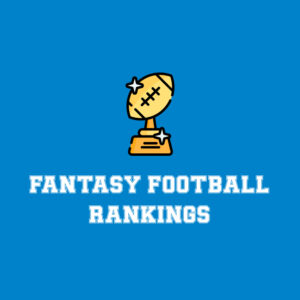
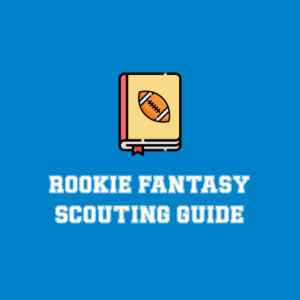






 Boston Celtics
Boston Celtics  Brooklyn Nets
Brooklyn Nets  Philadelphia 76ers
Philadelphia 76ers  New York Knicks
New York Knicks  Toronto Raptors
Toronto Raptors  Chicago Bulls
Chicago Bulls  Detroit Pistons
Detroit Pistons  Milwaukee Bucks
Milwaukee Bucks  Cleveland Cavaliers
Cleveland Cavaliers  Indiana Pacers
Indiana Pacers  Orlando Magic
Orlando Magic  Atlanta Hawks
Atlanta Hawks  Charlotte Hornets
Charlotte Hornets  Miami Heat
Miami Heat  Washington Wizards
Washington Wizards  Denver Nuggets
Denver Nuggets  Minnesota Timberwolves
Minnesota Timberwolves  Oklahoma City Thunder
Oklahoma City Thunder  Portland Trail Blazers
Portland Trail Blazers  Utah Jazz
Utah Jazz  LA Clippers
LA Clippers  Golden State Warriors
Golden State Warriors  Los Angeles Lakers
Los Angeles Lakers  Phoenix Suns
Phoenix Suns  Sacramento Kings
Sacramento Kings  Dallas Mavericks
Dallas Mavericks  Houston Rockets
Houston Rockets  Memphis Grizzlies
Memphis Grizzlies  New Orleans Pelicans
New Orleans Pelicans  San Antonio Spurs
San Antonio Spurs 


